Corpus of the Inscriptions of Campā
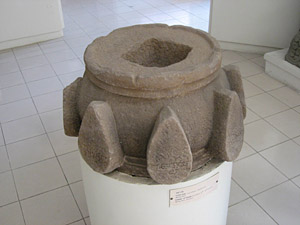
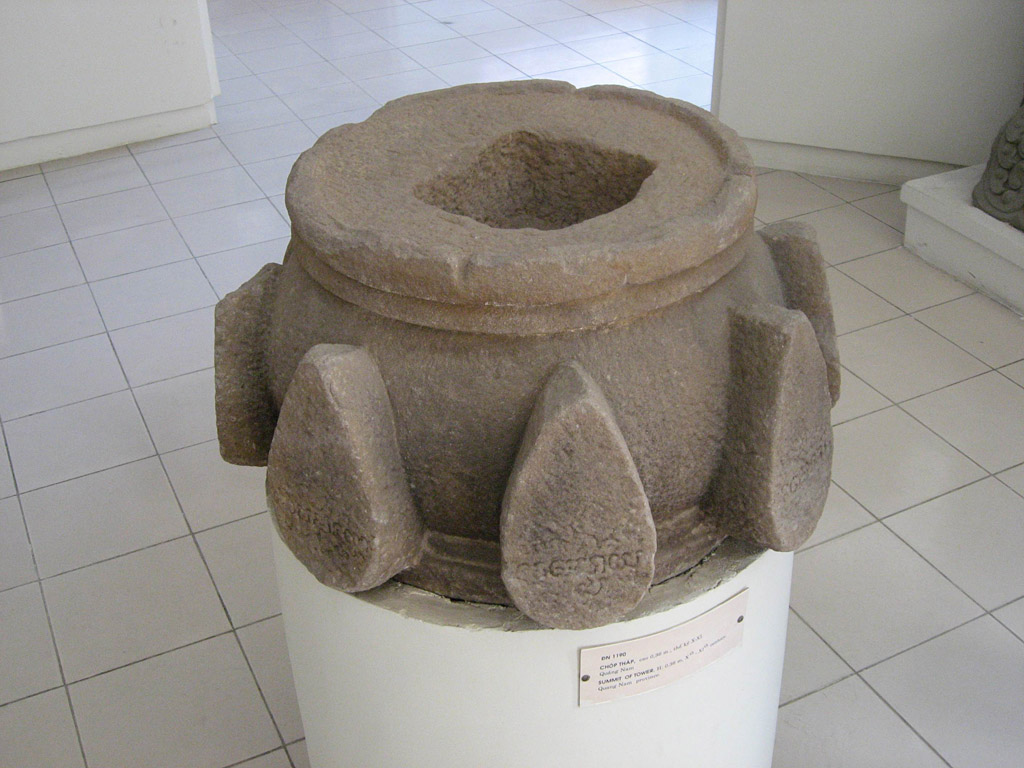
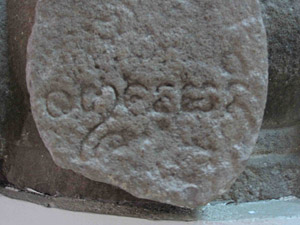
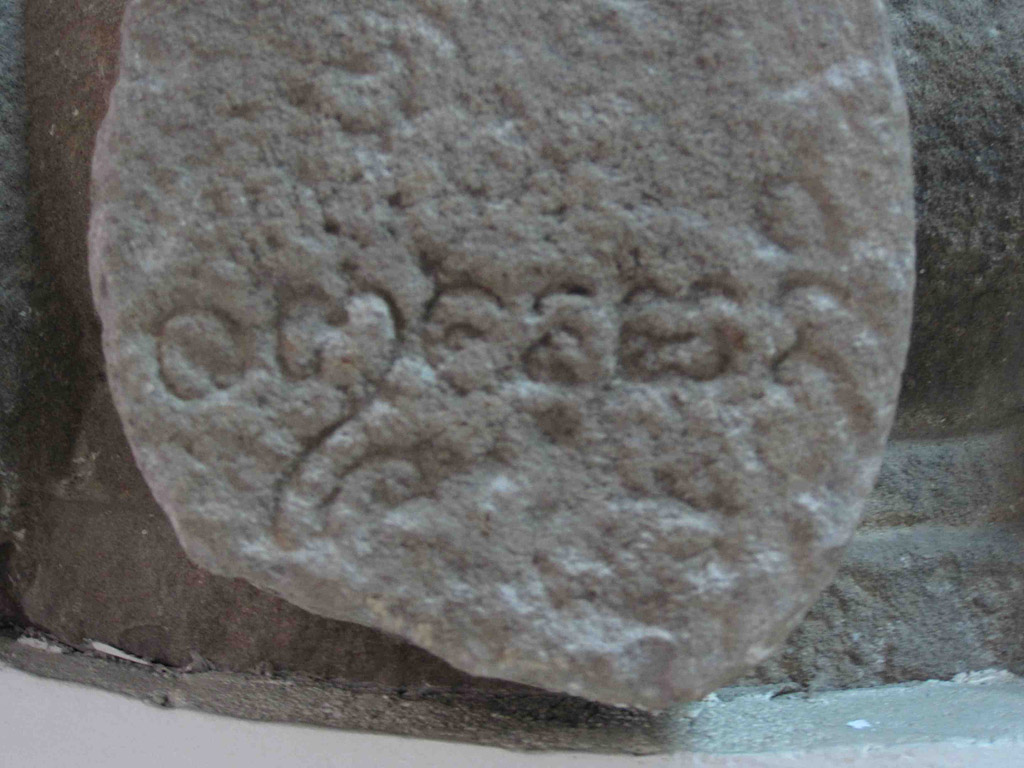
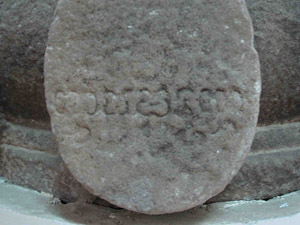
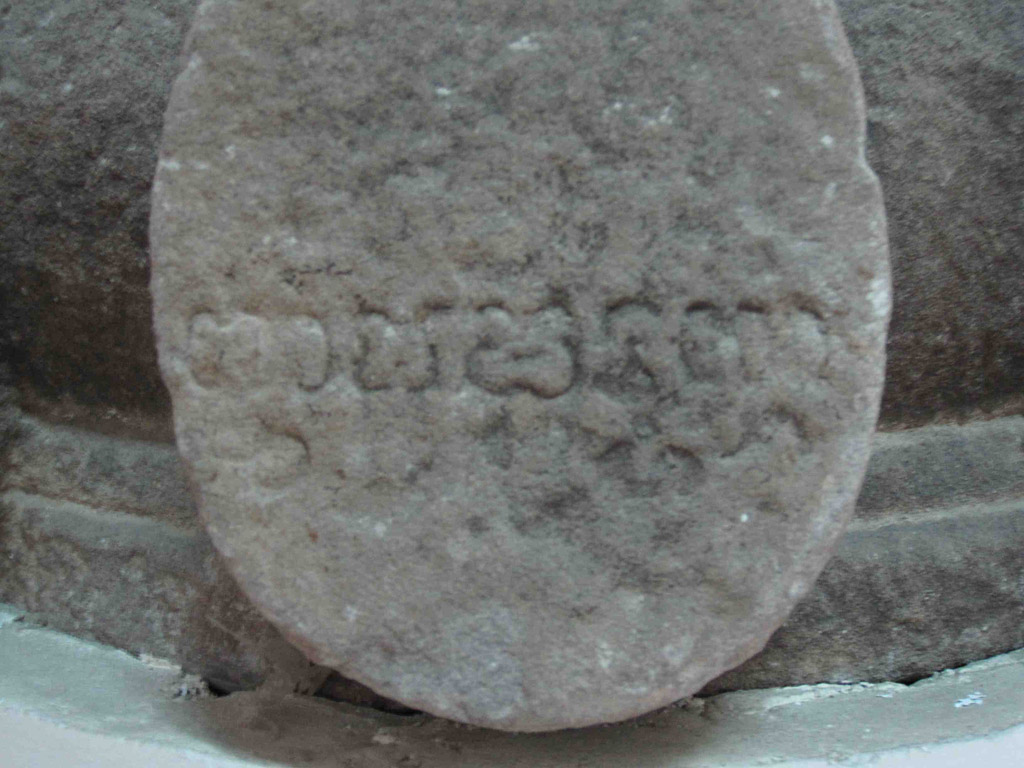
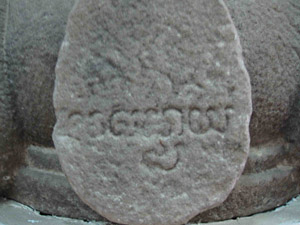
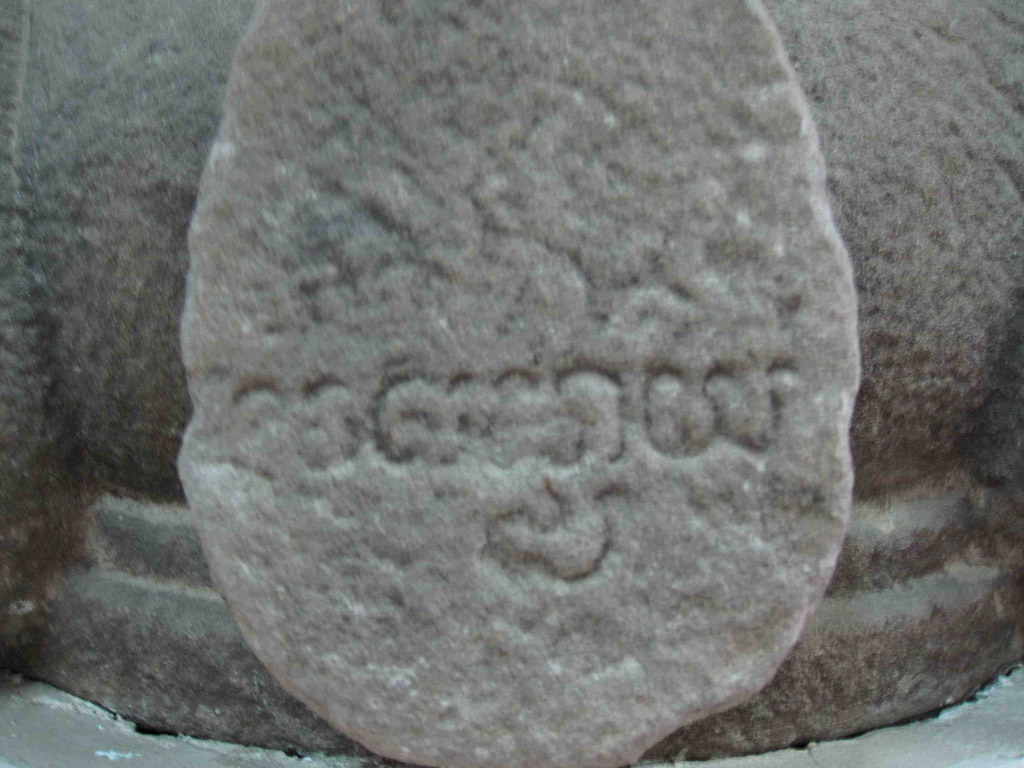
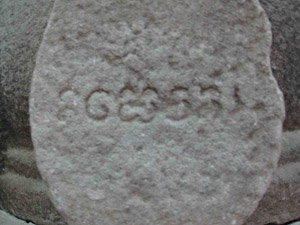

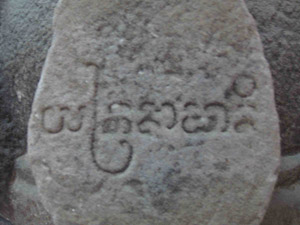
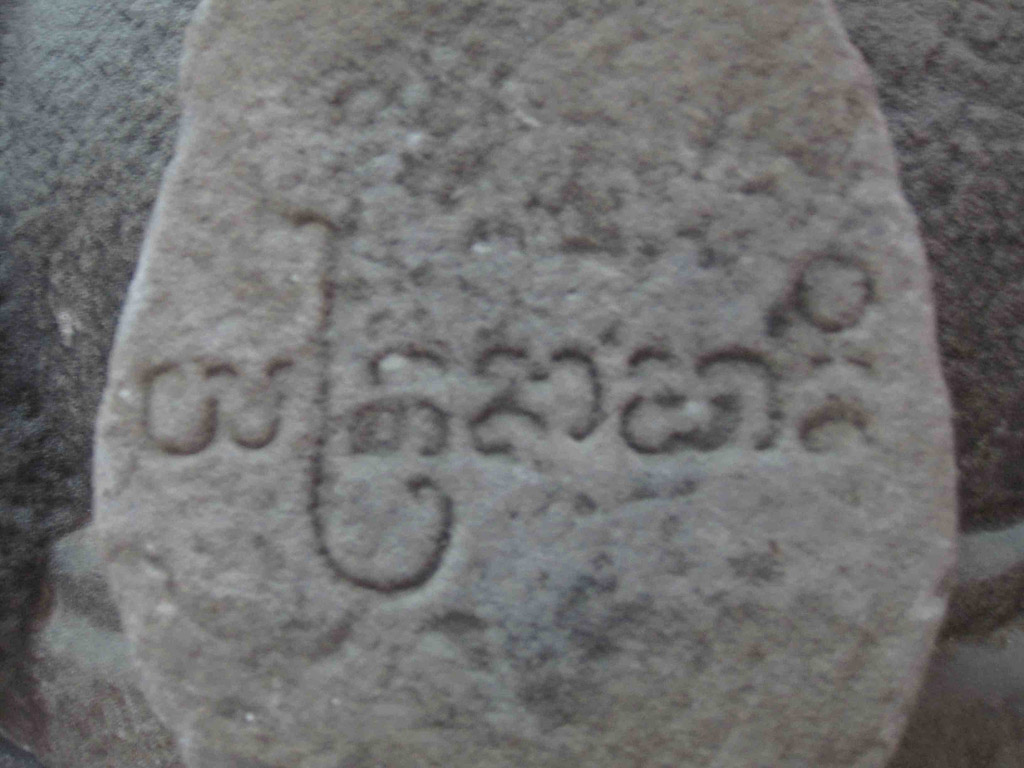
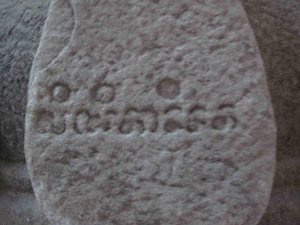
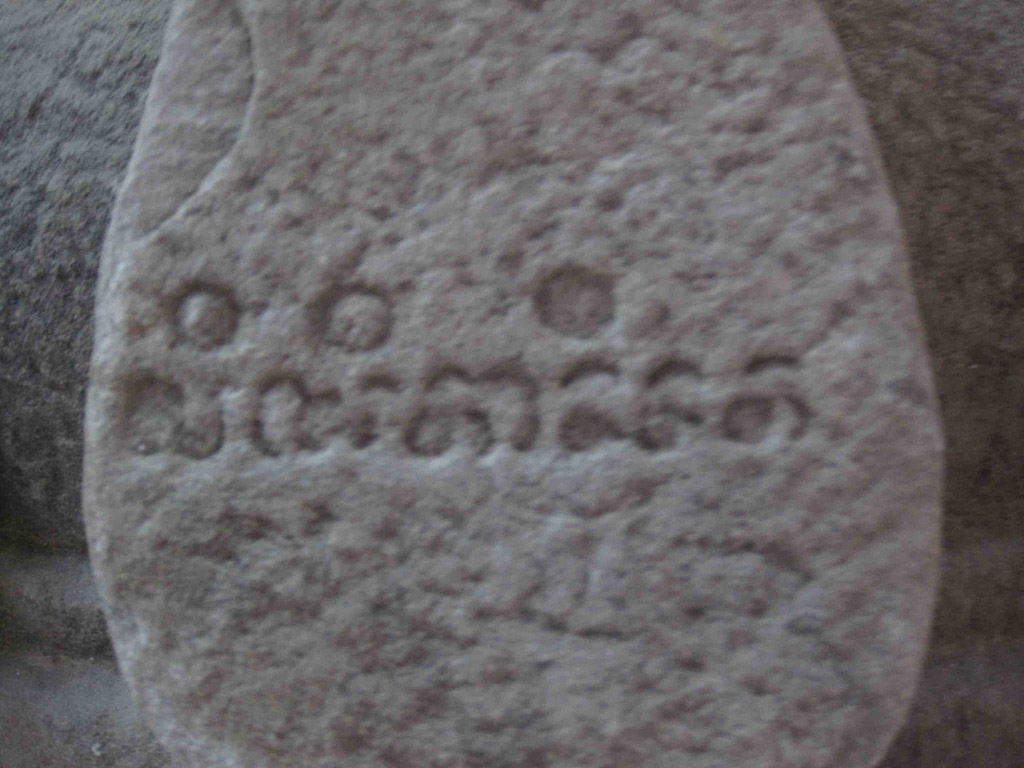
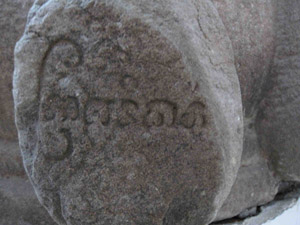
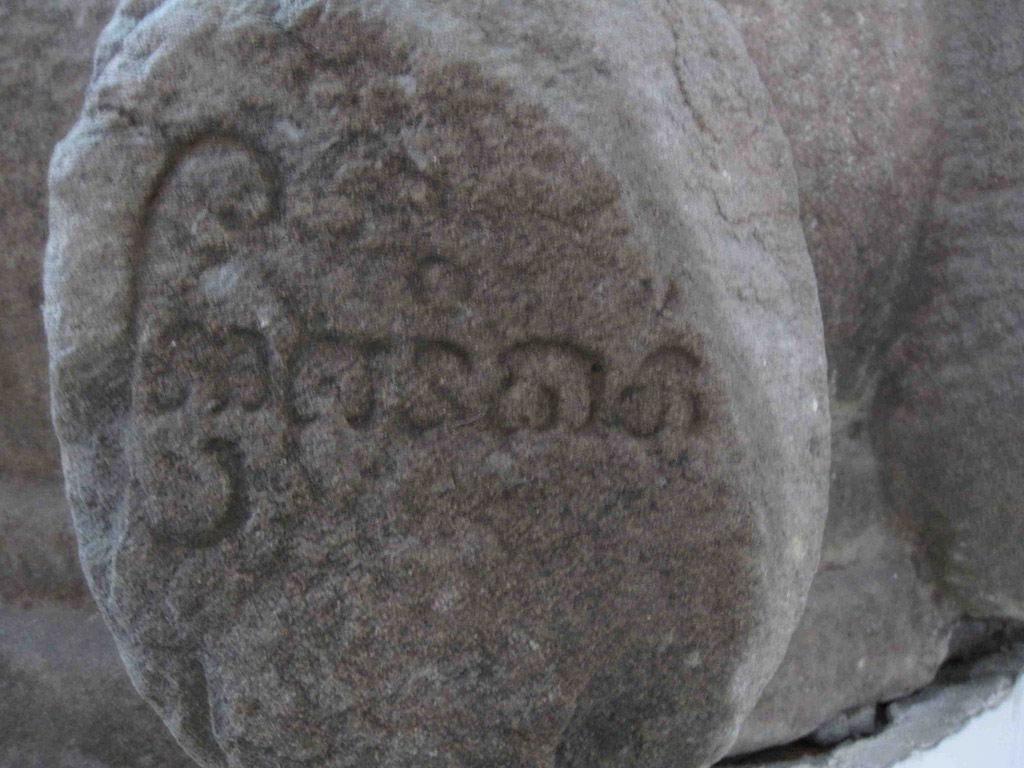
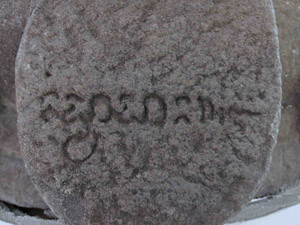
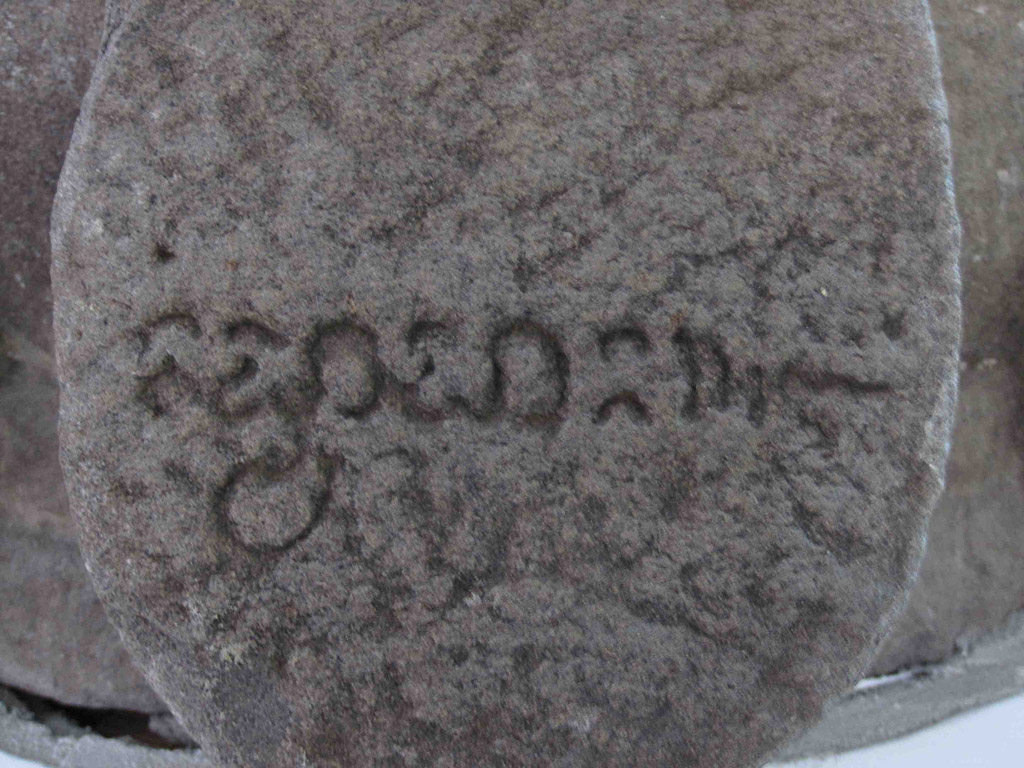
C. 175 Bottom part of architectural crown from Khánh Lễ
Please note: you are reviewing a preprint version of this publication. Contents here may change significantly in future versions. Scholars with specific interests are urged to consult all cited bibliography before using our texts and translations or drawing other significant conclusions.
Support Bottom part of an architectural crown; sandstone; circumference 226 cm, h. 36.
Text One line on eight petal-shaped antefixes in a row, written in Sanskrit.
Date 9th or 10th century Śaka (between late 9th and early 10th century CE).
Origin Site of Khánh Lễ (Bình Định, Vietnam).
According to the first supplement to Cœdès’ inventory, the object bearing this unique inscription was found at Khánh Lễ in Bình Định province (see IC, vol. I [1937], p. 273). The only published reference listed there is BEFEO 28, p. 601, which is the starting page of a report on a survey of the Khánh Lễ site, part of a larger Chronique on archaeological research carried out in the year 1928 (Claeys 1928). In the list of “briques et poteries sculptées extraites des fouilles dont nous avons fait transporter plusieurs exemplaires, parmi les mieux conservés, au Musée de Tourane”, on p. 603, there is mention of “une sorte de couronnement en ogive à corps de feuilles, bordé, d'un décor lancéolé”, 37 cm in height. This seems to be the object Cœdès intended with his reference to BEFEO 28, p. 601,1 although the list of objects removed from the Khánh Lễ site was supposedly a list of brick artefacts. We observed the inscription at the Museum of Cham Sculpture at Đà Nẵng in 2009, and identified it as C. 175 during our next visit, in 2010.
Edition(s) First published in Đà Nẵng Catalog: 245-246. The present edition offers a significant improvement of that publication.
Facsimile
- Estampage: EFEO n. 512.2
The following text was edited by Arlo Griffiths.
a samantañ ◇ correct sumantuñ. — d tatrāśanipātanaṁ ◇ tatrāśavipātanaṁ Đà Nẵng Catalog. The reading adopted here was proposed to us by Somdev Vasudeva (email 23 March 2014) and is quite clearly corroborated by photo 7/8. Our published emendation tatrāśivapātanaṁ is hereby rescinded. — explicit svāhaḥ ◇ correct svāhā.
Translations
English
Om! [I inscribe the names of] Jaimani, Sumantu and Vaiśampāyana. Wherever [these] names have been inscribed, there no lightning-strike will occur. Hail!
French
Om! [J'inscris les noms de] Jaimani, [de] Sumantu et [de] Vaiśampāyana. Où [ces] noms sont inscrits, il n'y aura pas de coup de foudre. Salut!
Commentary
Notes
- Note the agreement of the height with the height we have recorded for the object under discussion.
- Eight numbered leaves, to be read in the order 3-2-1-8-7-6-5-4.



Enclosed between the elements oṁ and svāhaḥ (for svāhā), which are commonly used throughout the Hindu and Buddhist world to mark that the text enclosed is a mantra, we find a not entirely successful Anuṣṭubh stanza, which is not only metrically deficient but also grammatically awkward, with three names in the accusative case where we would rather expect nominative forms, although the meaning is clear. Our translation implies the minimal emendation of three words, as indicated. It would be easy to solve the mentioned grammatical akwardness by emending less conservatively: jaimaniś ca sumantuś ca vaiśampāyana eva ca. The metrical problem can be circumvented by accepting the license that the sequence of two short syllables in likhitāni be pronounced as one long syllable.
For the mythological background of this inscription, we refer to our printed publication.
The expression aśanipātana is one of the factors said to cause the state of mind (bhāva) called “terror” (trāsa) in Nāṭyaśāstra 7.90: